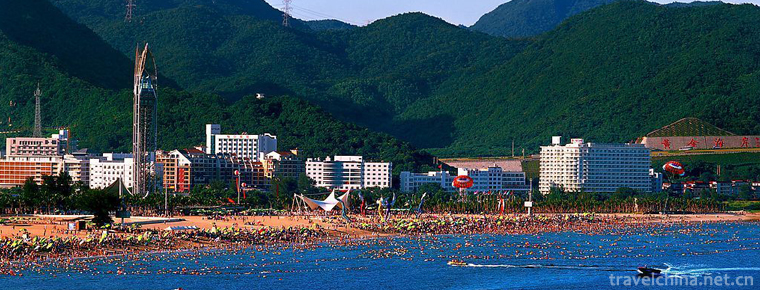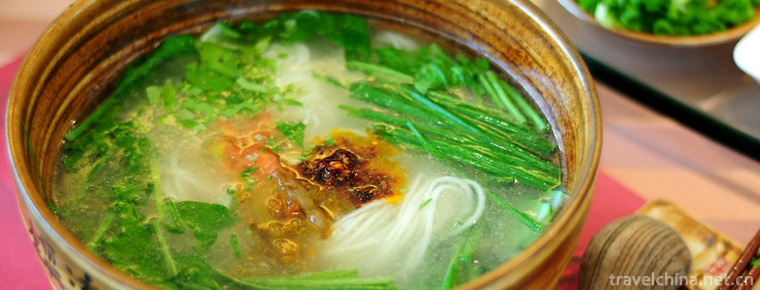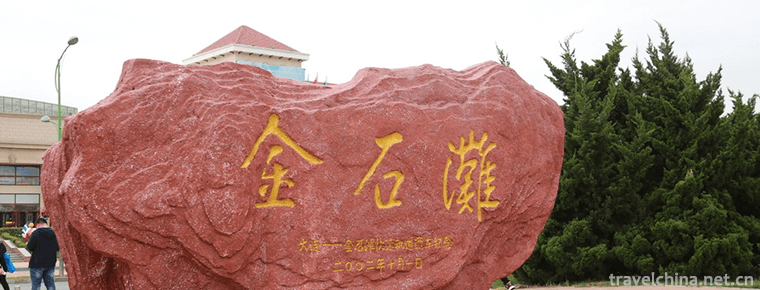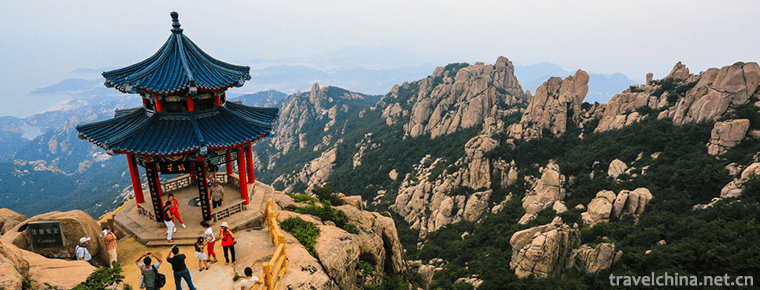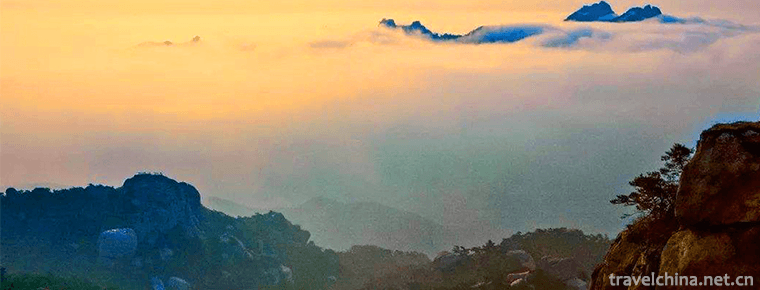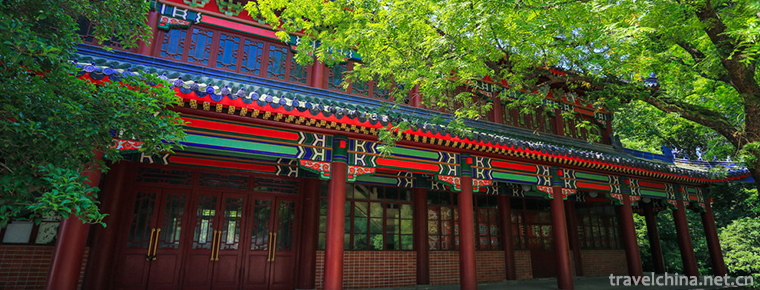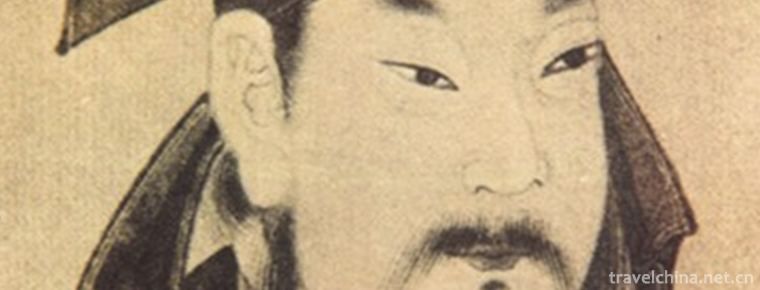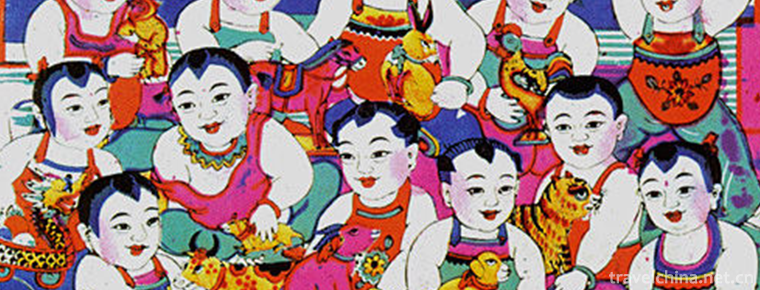Helan Mountain Rock Painting
Helan Mountain Rock Painting
Helan Mountain Rock Painting is a national key cultural relics protection unit, the national AAAA level tourist attractions, the national research tourism demonstration base (2016 one of the first 20), is the art gallery of Chinese nomadic peoples.
In ancient times, Helan Mountain was a place where Huns, Xianbei, Turks, Uighurs, Tubo and Dangxiang ethnic minorities lived and hunted and thrived in the north. They carved the scenes of production and life on the rocks of Helan Mountain to express their yearning and pursuit for a better life, and reproduced their aesthetic, social customs and life interest at that time. In the hinterland of Helan Mountain, which is more than 200 kilometers long in the South and north, there are more than 20 relic rock paintings. The most representative of them is the rock paintings of Helankou.
In the 2008 Northwest China Tourism Marketing Conference and Tourism Equipment Exhibition, it was included in the "Magic Northwest 100 Sceneries" list. At the 2008 China Yellow River Tourism Conference, Helan Mountain Rock Painting was rated as "50 Sceneries of the Yellow River in China".
historical origin
This is the masterpiece of the Qiang Rong, Yueshi, Hun, Xianbei, Tieler, Turkic and Dangxiang nationalities who have been active in this area since ancient times. It lasted roughly from the Spring and Autumn Period to the Warring States Period and the Western Xia Dynasty.
Rock paintings in Helan Mountain have different contents in different locations: forest and grassland animals are dominant in the area of Shizuishan, such as northern goats, rock goats, wolves and other images; human-like subjects are dominant in the area of Helan Mountain; rock paintings in the areas of Qingtongxia, Zhongwei and Zhongning are dominant in grazing and grassland animals, such as northern goats. In Baiqigou, Helan Mountains and other places, there are also many painted rock paintings, which are mainly about the characters of riding and fighting, and the animals such as northern goats and horses. The discovery of painted rock paintings has added new contents and forms to Helan Mountain rock paintings.
Content manifestation
Helan Pass is more than 50 kilometers away from Yinchuan City. It is located in Jinshan Township, Helan County, in the middle of Helan Mountains. It has a high mountain with an elevation of 1448 meters. It is commonly known as "Open Pass". The mountain passes are elegant, with odd peaks overlapping obstacles and murmuring spring water flowing out of the ditch. There are more than 1000 individual figures of rock paintings distributed on the rock walls of the mountains extending more than 600 meters on both sides of the valley. The artistic form of the picture is rough and thick, the composition is simple, the posture is natural, and the realism is strong. More than half of the total population is dominated by human figures. The second is animal graphics of cattle, horses, donkeys, deer, birds and wolves.
The portraits are simple and bizarre. Some of them have horns, some have feathers, and some wear pointed or domed hats. Rock paintings depicting women, some wearing headdresses, some wearing buns, elegant and graceful, reproduce the ancient women's pursuit of beauty thousands of years ago. Some have large ears, high nose, full face with hair, some have oral bones, and some have stripes or arcs on their faces. There are also several facial features like a standing figure, arms bent, legs open, waist wearing a long knife, showing the shape of the totem wizard image.
Animal graphic composition is rough, vivid and lifelike. There are deer running, rock sheep with prominent horns, horses flying, dogs wagging their tails, images of birds and beasts, pictures of some people's hands and the sun, and scenes of primitive religious activities.
According to the analysis of the rock paintings and the Western Xia Dynasty's inscriptions, the rock paintings of Helankou were carved successively in different periods, mostly by the northern nomadic peoples in the Spring and Autumn and Warring States Periods, and also by other dynasties and Western Xia Dynasty's portraits. There are two kinds of engraving methods: chiseling and grinding: the chiseling marks are clear and shallow; grinding is chiseling before grinding, with thick and deep lines and smooth grooves. The themes, contents and expressive techniques of Helankou rock paintings are very extensive and imaginative, giving people a real, cordial, solemn and pure feeling. Many rock paintings provide precious cultural materials for us to understand and study the history, culture, economic conditions, customs and human feelings of ancient nomadic peoples, which can be called a precious national art gallery.
type
Tens of thousands of ancient rock paintings have been found in the eastern foothills of Helan Mountains. They record the life scenes of grazing, hunting, sacrifice, warfare, entertainment and dancing, and mating of ancient humans from 3000 to 1000 years ago, as well as animal patterns and abstract symbols such as sheep, cattle, horse, camel, tiger and leopard. They reveal the culture of natural worship, reproductive worship, totem worship and ancestor worship of primitive clan tribes. The connotation is a cultural treasure house for studying the history of human culture, religion and primitive art in China.
According to the survey, the rock paintings of Helan Mountain are distributed in nine counties (districts) of the three cities in the eastern foot of Helan Mountain in Ningxia, totaling 27 locations. Among them, there are 12 rock paintings in the eastern foot of Helan Mountain in Yinchuan City. From north to south, there are Xifeng Gully, Xiaoxifeng Gully, Baihugou, Qijiakou, Helan Kou, Suyukou, Huihui Gully, Baisi Kou, Shuijikou, Rongzhongkou, Hongqi Gully and Liuqukou.
Helan Mountain's "rock paintings" are exactly rock carvings. There are also many rock paintings in Yunnan and Guangxi, also known as cliff paintings, which are painted with pigments and mostly with red pigments, while the "rock paintings" in northern China are mostly rock carvings. Among the many "rock paintings" in Helan Mountain, only Baiqigou paints with pigments, and the others belong to rock carvings.
According to the distribution of rock paintings, there are three types of rock paintings in Helan Mountain.
Piedmont Grassland Rock Painting
It mainly distributes in Shizui Mountain and Huinong County in the north of Helan Mountain.
Mountain rock paintings
It mainly distributes in the middle and north section of Helan Mountain and is chiseled on the cliff walls in the hinterland of deep mountains.
Rock Painting in Desert Hills
It mainly distributes in the southern part of Helan Mountain, Weining North Mountain. Rock paintings in Helan Mountains are generally distributed on the mountain body inside and outside the gully mouth and on the desert grassland of the diluvial fan outside the gully mouth.
Practical information
1. Ticket prices of rock paintings in Helan Mountains:
Adult 60 yuan/person scenic area round trip battery ticket 10 yuan/person
30 yuan for students / 10 yuan for round trip battery tickets in scenic spots
2. Opening hours of scenic spots: 8:00-18:00
3. Ticket-free discounts:
1. Children under 1.3 meters in height (including 1.3 meters) are free of tickets (junior high school and senior high school students buy student tickets)
2. Exemption of tickets for elderly persons holding preferential treatment certificates or with identity cards over 65 years of age (including 65 years of age)
3. Officer's vouchers are exempted from tickets (with one's own vouchers)
4. Retired Personnel (Holding My Certificate)
5. Disabled persons (with their own certificates)
6. Journalists (with their own credentials)
Traffic information
I. Self-help travel
Location: Yinchuan Crescent Square
Travel time: two buses depart at 8:00 and 9:00 every day in peak season
Ticket price: 15 yuan for Helan Mountain Rock Painting / 10 yuan for Renbai Temple Pass Tower / Renbai Temple Pass
2. Self-driving Tour
Yinchuan - Enter G110 National Highway - Enter Wenchang Road Interchange on the right - Enter Shiyin Highway on the right - Helan Mountain Rock Painting on the left - turn right into Zhenlu Road - Turn right into Zhensu Road - Turn left into Zhensu Road - Turn right into Rock Painting Road - Helan Mountain Rock Painting (Suyukou enters Y051 to the South and goes 5 kilometers straight to Baisi Kou Shuangta)
Ticket information
1. Ticket prices of rock paintings in Helan Mountains:
Adult 60 yuan/person scenic area round trip battery ticket 10 yuan/person
30 yuan for students / 10 yuan for round trip battery tickets in scenic spots
2. Opening hours of scenic spots: 8:00-18:00
3. Ticket-free discounts:
1. Children under 1.3 meters in height (including 1.3 meters) are free of tickets (junior high school and senior high school students buy student tickets)
2. Exemption of tickets for elderly persons holding preferential treatment certificates or with identity cards over 65 years of age (including 65 years of age)
3. Officer's vouchers are exempted from tickets (with one's own vouchers)
4. Retired Personnel (Holding My Certificate)
5. Disabled persons (with their own certificates)
6. Journalists (with their own credentials)




















-
Dameisha Beach Park
Dameisha Beach Park was built on June 18, 1999 with a total investment of 120 million yuan.
Views: 230 Time 2018-10-12 -
waterless rice noodle
Bait silk is one of the special snacks in Yunnan. It is mainly made from rice.
Views: 132 Time 2018-10-17 -
Dalian Jinshitan Scenic Area
Jinshitan is a national scenic spot, a national tourist resort, a national AAAAA scenic spot and a national geological park. It has been evaluated by CNN TV as one of the 40 most beautiful scenic spot.
Views: 178 Time 2018-12-04 -
Laoshan Scenic SpotQingdao Shandong Province
Laoshan Scenic Area of Qingdao, located in Qingdao City, Shandong Province, is one of the first national key scenic spots approved and announced by the State .
Views: 179 Time 2018-12-08 -
Wulian Mountain Scenic Area
Wulian Mountain Scenic Area covers a total area of 68 square kilometers and is a national AAAA-level tourist area. It is composed of Wulian Mountain and Jiuxian Mountain.
Views: 153 Time 2018-12-22 -
Jinhu Yang National Forest Park
Zepujin Lake Yang National Forest Park is located 40 kilometers southwest of Zepu County in the Gobi Depth, located in the upper edge of the Yerqiang River alluvial fan.
Views: 297 Time 2019-01-23 -
Ming Xiaoling Mausoleum
The Ming Xiaoling Tomb is situated at the south foot of Zijinshan Mountain in Xuanwu District, Nanjing, under Dulongfu Playing Pearl Peak. It is adjacent to Zhongshan Tomb in the East.
Views: 152 Time 2019-02-07 -
Nuwa Festival
Nuwa Festival is an ancient traditional folk custom and folk religious and cultural activity. Legend has it that the eighteenth day of the third month of the lunar calendar is Nuwa's birthday. Therefo.
Views: 243 Time 2019-06-08 -
Butter Flowers in Tar Temple
Butter flower originated from Benjiao religion in Tibet. It is a small decal on the food supply. According to traditional Indian Buddhist customs, the tributes offered to Buddhas and Bodhisattvas are .
Views: 292 Time 2019-06-17 -
Legend of Wang Xizhi
Wang Xizhi's legend is a local folklore in Shaoxing City, Zhejiang Province. Wang Xizhi has few words. Jin Dynasty, one of the most famous calligraphers in China, once served as a general of the Right.
Views: 204 Time 2019-06-26 -
Yangjiabu woodcut New Year paintings
Yangjiabu wood engraving New Year's picture is a traditional folk engraving which is spread in Weifang City, Shandong Province. Its production method is simple, exquisite craft, bright color, rich con.
Views: 115 Time 2019-07-11 -
Longtouguan
Longtouguan, a cultural relic protection unit in Sichuan Province. Located in Jiangyang West Road, Jiangyang District, Luzhou City, Sichuan Province. Originally an ancient pass, it was built in the Shu Han Dynasty to build a wall for the earth; it was rebuilt in the 11th year of Chongzhen in the Ming Dynasty and rebuilt in the second year of Tongzhi in the Qing Dynasty. .
Views: 45 Time 2020-10-16
